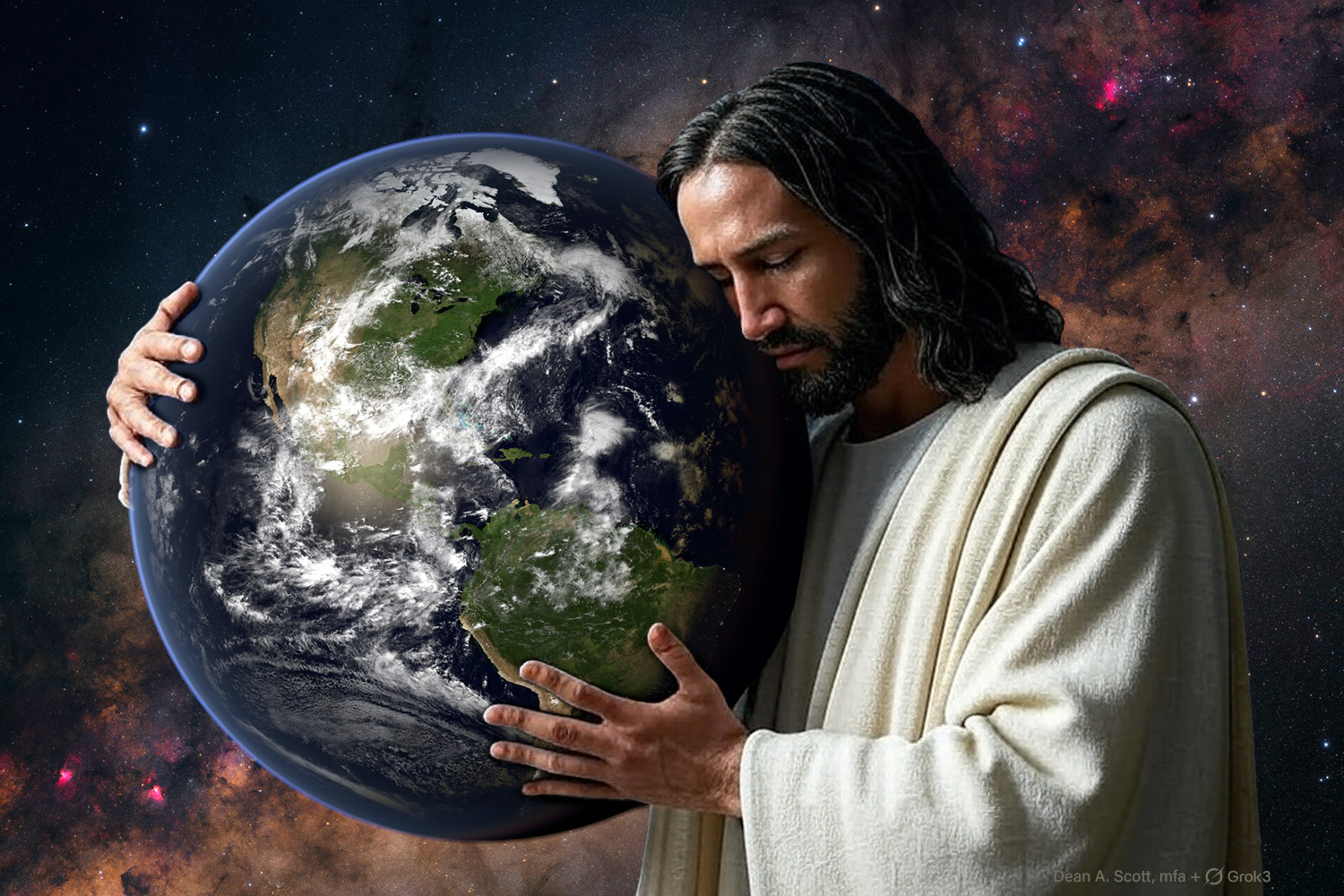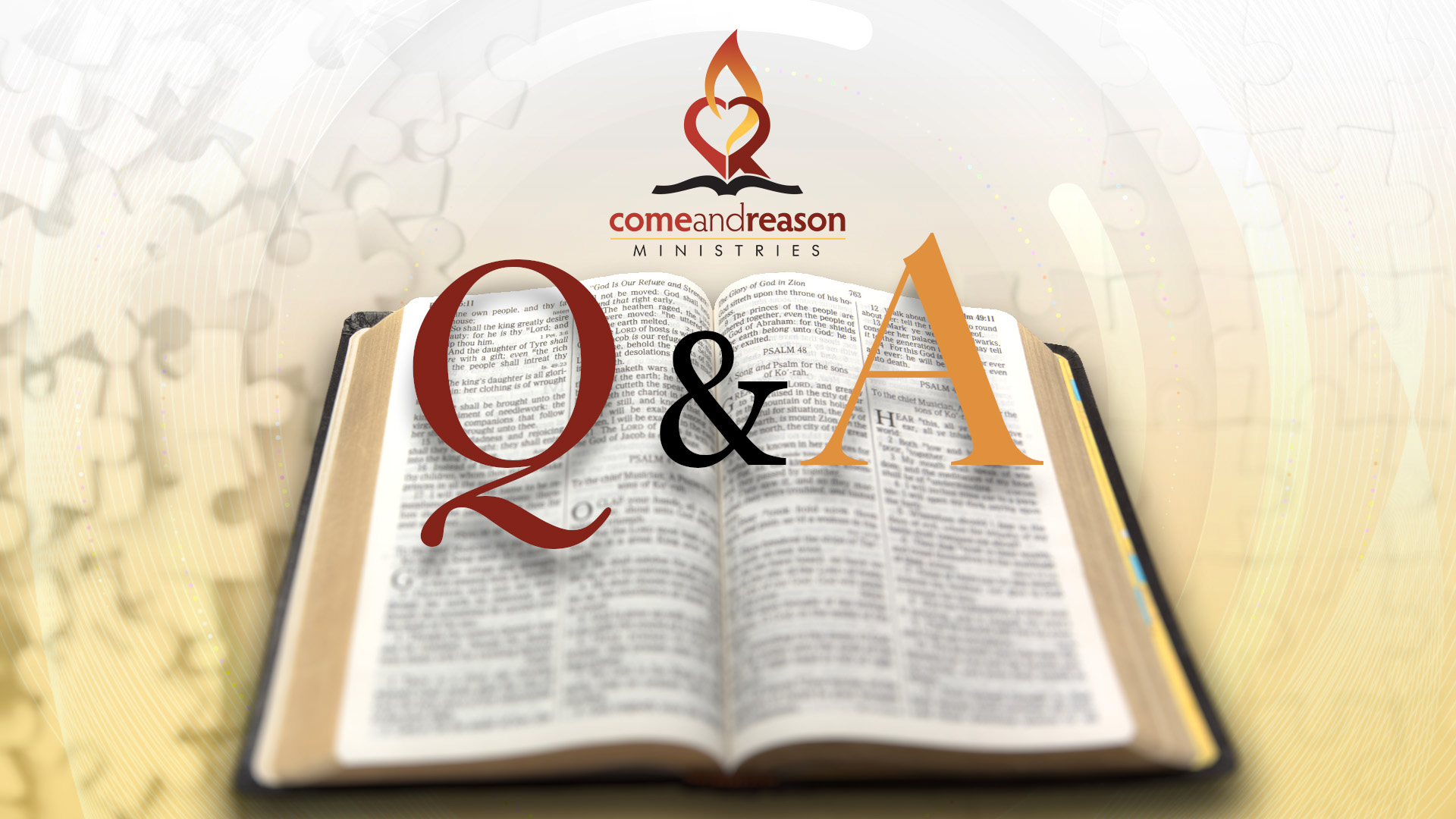Jesus replied, “The hour has come for the Son of Man to be glorified. I tell you the truth, unless a kernel of wheat falls to the ground and dies, it remains only a single seed. But if it dies, it produces many seeds. The man who loves his life will lose it, while the man who hates his life in this world will keep it for eternal life. Whoever serves me must follow me; and where I am, my servant also will be. My Father will honor the one who serves me” (John 12:23–26 NIV84).
What are the lessons of the kernel falling to the ground and dying?
It is an object lesson about Jesus, as our Savior, dying and being buried in the grave only to come forth in a new and perfected humanity, as the Second Adam, who provides the remedy to sin and, thereby, brings forth much fruit—the saved throughout history who have partaken of Jesus’ victory and been saved from sin.
But the seed also applies to us individually. We are required to “die” to sin, to selfishness, to the old carnal nature, and rise again with a new heart and right spirit, living a new life with new motives that come from Jesus. Thus, the object lesson likewise applies to us individually—we are to die to the survival drives, the fear-driven, me-first, self-advancement motives of this world and live to love God and others more than self, sacrificing self for the good of others.
And another lesson from the seed falling to the ground and dying is that of the resurrection from the first death to immortal life in an earth made new.
Paul wrote:
So also is the resurrection of the dead. It [our body] is sown in corruption; it is raised in incorruption: It is sown in dishonour; it is raised in glory: it is sown in weakness; it is raised in power (1 Corinthians 15:42, 43 KJV).
Jesus said:
I am the resurrection and the life. He who believes in me will live, even though he dies; and whoever lives and believes in me will never die. Do you believe this? (John 11:25, 26 NIV84).
Is dying to live confusing? Does it seem contradictory to say that in order to live, we must die?
I use this concept in marriage counseling when dealing with a toxic marital situation that is damaging to both parties, yet both parties want to save the marriage but don’t want to go on as they have.
What do they want? They want the old way of relating to one another to die. They want to have a new relationship with new motives, practices, and principles that bring forth fruits of joy, love, kindness, health, and wellness. They don’t want to return to the old ways, the old relationship; they want to “kill” it so that they can have a new relationship in which new and healthy ways of living are employed.
And what would be required for them to have such a new and healthy marriage? Healthy relationships require healthy people, so the only way for them to kill the dysfunctional marriage and bring forth a new and vibrant one is for each of them to die to fear, sin, and selfishness and be reborn with godly principles, for them to have God’s living law active and functioning in their hearts and minds.
This is what the Bible is teaching—dying to the ways that are harmful, the fear-based, self-centered motives that break the very protocols that life and health are built upon, so that we can live new lives with God’s living law written upon our hearts.
Death Unto Life
So, as we consider this idea of dying in order to live, we now ask: Was the death of Christ an event that brought an end to life, or was it an event that brought an end to death and the death-causing principle, opening the way for eternal life for all who trust Jesus?
This grace was given us in Christ Jesus before the beginning of time, but it has now been revealed through the appearing of our Savior, Christ Jesus, who has destroyed death and has brought life and immortality to light through the gospel (2 Timothy 1:9, 10 NIV84, emphasis mine).
Jesus’ death wasn’t the death that ends life; it was the death that ends the cause of death, that destroys sin, that destroys rebellion, that destroys Satan and Satan’s power of death (Hebrews 2:14), and that fully restores God’s living law of love into the species human, which means Jesus’ death perfectly restores the species to God, the source of life, and, thus, brings life and immortality to light.
When we think about the seed falling to the ground and “dying,” we know that seed still has the life-causing principle in it, it doesn’t cease to exist but dies to what it was so that it can live to what it can be in God’s purpose. Jesus died as our Savior in order to destroy the infection of sin: “God made him who had no sin to be sin for us, so that in him we might become the righteousness of God” (2 Corinthians 5:21 NIV84). Jesus died to destroy sin, Satan, death, Satan’s power (Hebrews 2:14), and Satan’s work (1 John 3:8) and to restore God’s law and character back into the living temple, the showcase where God created it to be—the human being—and this is why He rose again. His resurrection in a perfected humanity was the predictable, inevitable, and unavoidable result of His completing His mission of restoring the law of life back into humanity.
And when we are united through faith with Jesus, then His life, His love, His victory is reproduced in us through the indwelling Spirit and the infection of fear and selfishness is displaced as the motivating power of our actions. We are still tempted in this world, but our motivation is our love, trust, and devotion to God; we choose to align ourselves with God and choose His methods, relying on His power to overcome and succeed. This is how we die to the old fear-based, selfish ways and live the new life in Christ.
Then this dying, metaphorically taught by the seed falling to the ground, isn’t the cessation of life—it is something else; it is dying to what causes death. And what causes death? Does sin itself cause death, or does God cause death as a punishment for sin?
What Kills the Unrepentant Sinner?
I recently had a conversation with an intelligent and sincere Christian gentleman who takes the position that God, for justice’s sake, is the cause of death of the wicked. He suggested that God takes the action that causes the death of the wicked in the end. He argues that God, by revealing His glory, kills the wicked and that this is justice and the punishment for sin.
It is a very subtle but telling misinterpretation of reality that comes from the imposed-law view, the idea that God’s law functions like human law and that God as Sovereign must use power to inflict the pain, suffering, and death upon the wicked for justice’s sake.
But the facts are being interpreted backward: As soon as Adam sinned, God, in mercy, acted; He began using power, intervening, interceding in ways that are artificial, that are not natural to His universe, in order to stop sin and save His children. What action did God take that was artificial but an act of grace to save sinners? God veiled Himself. He withdrew His infinite life-giving glory from planet Earth in order to prevent the destruction of humanity that would have naturally occurred had He not.
After they sinned, Adam and Eve suddenly found themselves naked and cold; they sought to cover themselves. Why? Because God’s life-giving glory was no longer their covering. The natural state in God’s universe is for intelligent beings to be filled with God’s life-giving presence and be bathed in a covering of His fiery glory, like Elijah and Moses were on the Mount of Transfiguration—like the millions described in Daniel 7:10 who stand in that fire when the Ancient of Days takes His throne and rivers of fire come out from Him.
After Adam sinned, God in mercy withdrew His full presence; His sustaining power didn’t flow over the planet any longer in its fullest sense, and nature began to decay, mutations entered, things began to wither and die, including human beings. Aging and the first death—the sleep death—occurred. Aging and the sleep death are not inflicted punishments by God for sin; they are a result of God’s grace working, of God veiling His presence to allow the plan of salvation to be carried out, to give time for Messiah to come and destroy sin and Satan (Genesis 3:15).
Remember, God said to Moses, “No one may see me and live” (Exodus 33:20 NIV84). Why? Would it be because God would be forced to kill anyone caught peaking—or would it be because unrenewed minds cannot tolerate the full revelation of God’s character of truth and love? This is why God veils Himself, to give time for our sinful minds to be healed, for us to be renewed to be like Jesus so that we can live in His unveiled presence. As the Bible says, “We know that when he appears, we shall be like him, for we shall see him as he is” (1 John 3:2 NIV84).
But for those who have not been renewed to have God’s living law of love written upon their hearts (Hebrews 8:10), what does the Bible say destroys the lawless in the end? Is God the source of death, or is sin?
- “For the wages of sin is death, but the gift of God is eternal life in Christ Jesus our Lord” (Romans 6:23 NIV84).
- “Sin, when it is full-grown, gives birth to death” (James 1:15 NIV84).
- “The one who sows to please his sinful nature, from that nature will reap destruction” (Galatians 6:8 NIV84).
The Bible teaches that sin is the cause of eternal death. God is not the source of death; death does not come out from God! God is the source of life, and death is the unavoidable result of breaking away from God and refusing the reconciliation and healing that God freely offers. In other words, death results from unremedied sin, which severs the connection with God, the source of life, and occurs when God stops using His power to protect the wicked and returns the universe to its normal state, a universe filled with His glory.
So praise God for “the appearing of our Savior, Christ Jesus, who has destroyed death and has brought life and immortality to light through the gospel” (2 Timothy 1:10 NIV84).










 using your credit or debit card (no PayPal account needed, unless you want to set up a monthly, recurring payment).
using your credit or debit card (no PayPal account needed, unless you want to set up a monthly, recurring payment). instead?
instead?